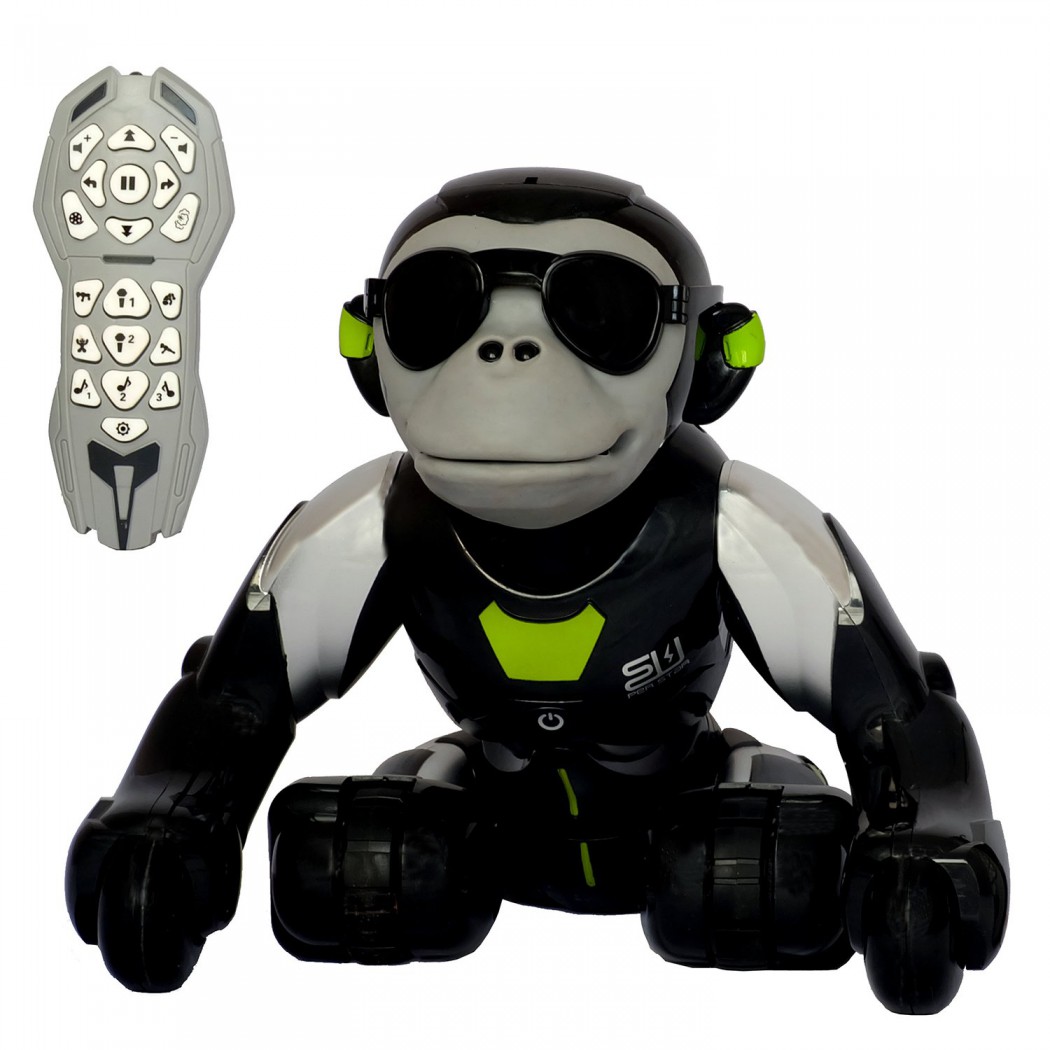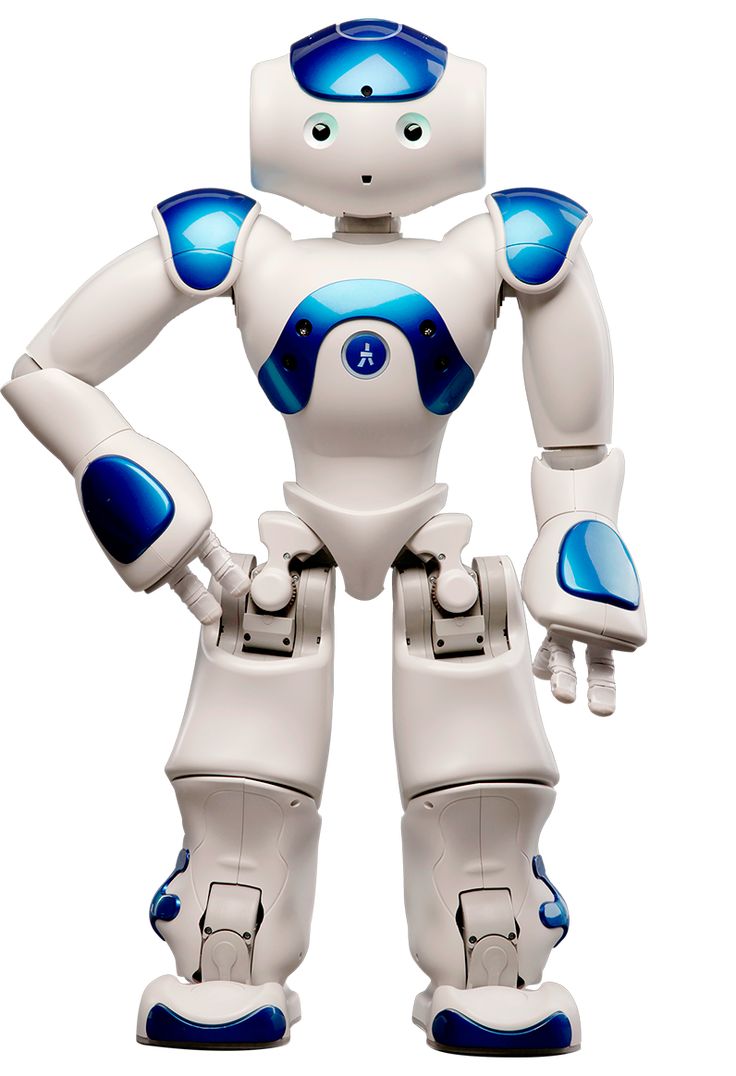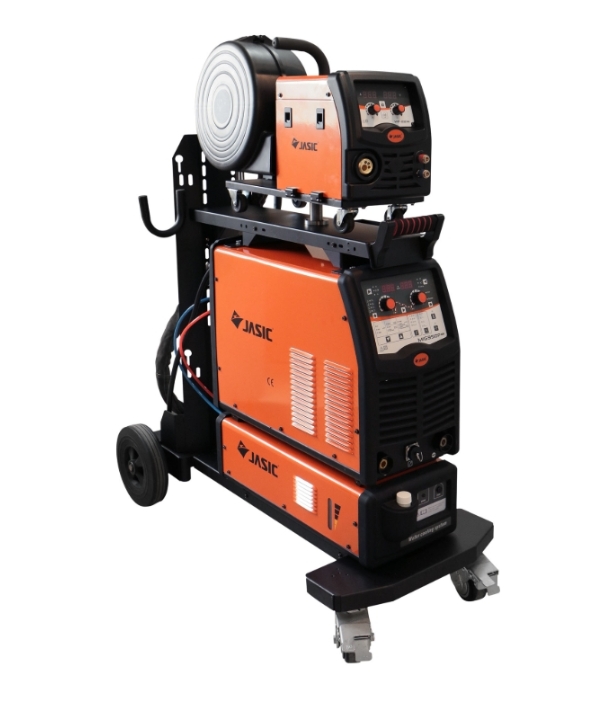Imagine a future where astronauts can build the perfect robot worker for any lunar mission using a set of universal robotic parts. A group of engineers at the Massachusetts Institute of Technology (MIT) has made this vision a reality with the Walking Oligomeric Robotic Mobility System (WORMS). This innovative system allows astronauts to mix and match parts to create various robots suitable for different tasks on the Moon, making it easier than ever to hire a robot that meets their specific needs.
With WORMS, the lunar base won't be crowded with a fleet of single-task robots, each with its own unique parts and protocols. Instead, astronauts can disassemble and reassemble the modular WORMS system to create new robots for each mission. This flexible, stable, and cost-effective design is the key to efficient lunar exploration and development.
The WORMS system includes worm-inspired robotic limbs that can be easily attached to a base, working together like a walking robot. Depending on the mission, these parts can be configured to create large "pack" robots capable of carrying heavy solar panels or six-legged spider robots for exploring the lunar surface.
"You can imagine a barn on the moon with shelves for WORMS," says group leader George Lordos, PhD and lecturer in the Department of Aeronautics and Astronautics at MIT. "Astronauts could go to the shed, select the parts they need along with the appropriate sensors and tools, fasten everything together, and then disassemble to make a new one."
The Lordos team has already built and demonstrated a six-legged WORMS robot, presenting their results at the IEEE Aerospace Conference and receiving an award for the best report. Initially conceived in 2022 as part of the NASA BIG Idea Challenge, the WORMS system was designed to move through extreme terrain without using wheels.
Inspired by animals, the team developed software that can be adapted to coordinate multiple parts of the WORMS system. In the laboratory, they showed that after assembly, the robot's independent limbs work together to walk on a flat surface. The team also demonstrated that the robot can be quickly assembled and disassembled in the field, in the California desert.
Each limb of the first-generation WORMS robot is approximately 1 meter long and weighs about 9 kg. In lunar gravity, each limb will weigh only about 1.4 kg, allowing astronauts to easily handle the assembly or disassembly of the robot. The team has also developed specifications for a larger generation with longer and slightly heavier limbs.
In conclusion, MIT's WORMS system offers a versatile solution for creating robot workers tailored to various lunar missions. By hiring a robot built with the WORMS system, astronauts can adapt their robotic workforce to meet the unique challenges of lunar exploration and development. Don't miss out on the opportunity to hire a robot that's perfect for your moon mission – discover the WORMS system today!














